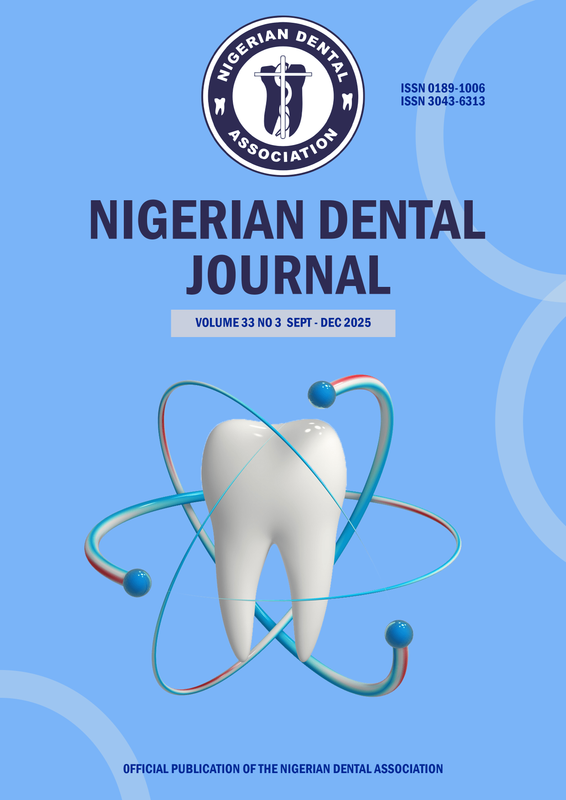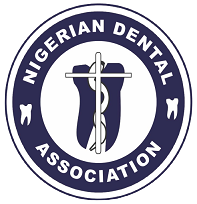The relationship between dental caries and dental fluorosis in low, moderate and high fluoride areas of Udaipur district, India.
DOI:
https://doi.org/10.61172/ndj.v17i2.159Keywords:
Dental caries, Fluorosis, Bhil tribesAbstract
Objective: The purpose of the study was to assess the relationship between dental caries and dental fluorosis in Bhil Tribes living in Udaipur district India, known for endemic fluorosis.
Method: A total of 420 Bhil tribes selected from areas with low (0-1.5mg/l), moderate (1.5-3.0mg/l) and high (>3mg/l) water fluoride concentration were interviewed and examined for caries and dental fluorosis. Dental caries and fluorosis were recorded according to the DMFT system and Dean Fluorosis index. All the Bhil tribes were exposed to a written questionnaire, constructed in English and translated into local language and – for control purposes – translated back to English. Intra-oral examination was conducted using by two examiners.
Result: Bhil, Garasia, Meena and Gameti were most commonly present castes among Bhil tribes. The prevalence of dental fluorosis was 33.1% in low, 33.3% in moderate and 33.6% in high fluoride areas. In the low fluoride area mean number of decayed teeth and mean DMFT was 5.52 and 7.37 respectively while in high fluoride area it was higher, mean decayed and mean DMFT was 9.27 and 12.06 respectively. There was significant difference in mean DMFT between low, moderate andthe high fluoride areas (P = 0.00). DMFT score was 12.04 in severe fluorosis cases while it was 8.67 in normal fluorosis cases. There was significant difference in mean DMFT between all four castes (Bhil, Garasia, Meena and Gameti).
Conclusion: Dental caries increases with increasing severity of dental fluorosis in low, moderate and high fluoride areas. Thus, a positive relationship between dental caries and dental fluorosis was observed in all the three areas.
Downloads
Downloads
Published
Issue
Section
License
Copyright (c) 2009 M. Jain, L. Sawla, A. Mathur, T. Nihlani, D. Prabu, S. Kulkarni

This work is licensed under a Creative Commons Attribution 4.0 International License.
Open Access Statement
- We became fully Open Access since January 2023.
- Our new and archived materials are available free of charge on open basis and under a Creative Commons license as stated below.
Copyright statement
Copyright © 1999 The authors. This work, Nigerian Dental Journal by Nigerian Dental Association is licensed under Creative Commons Attribution 4.0 International License.

